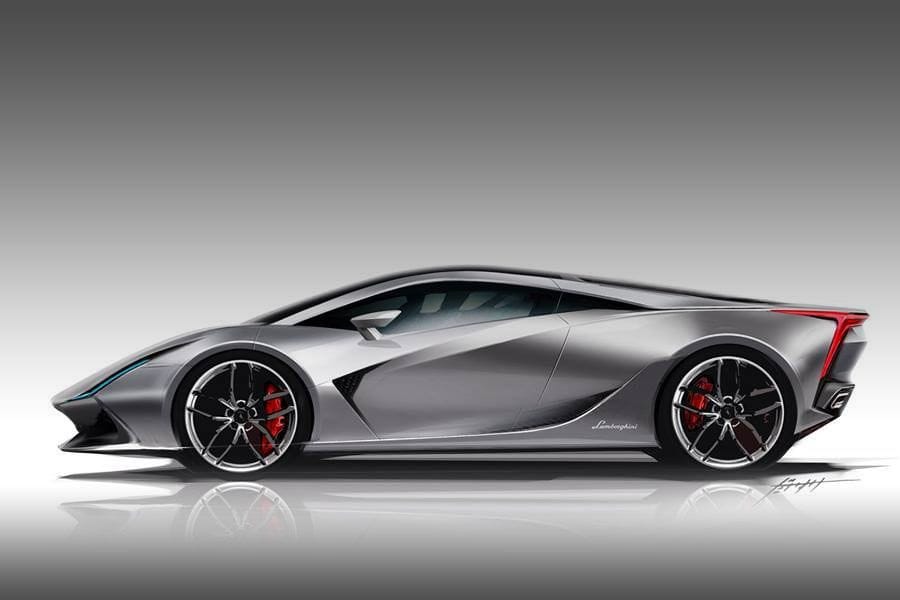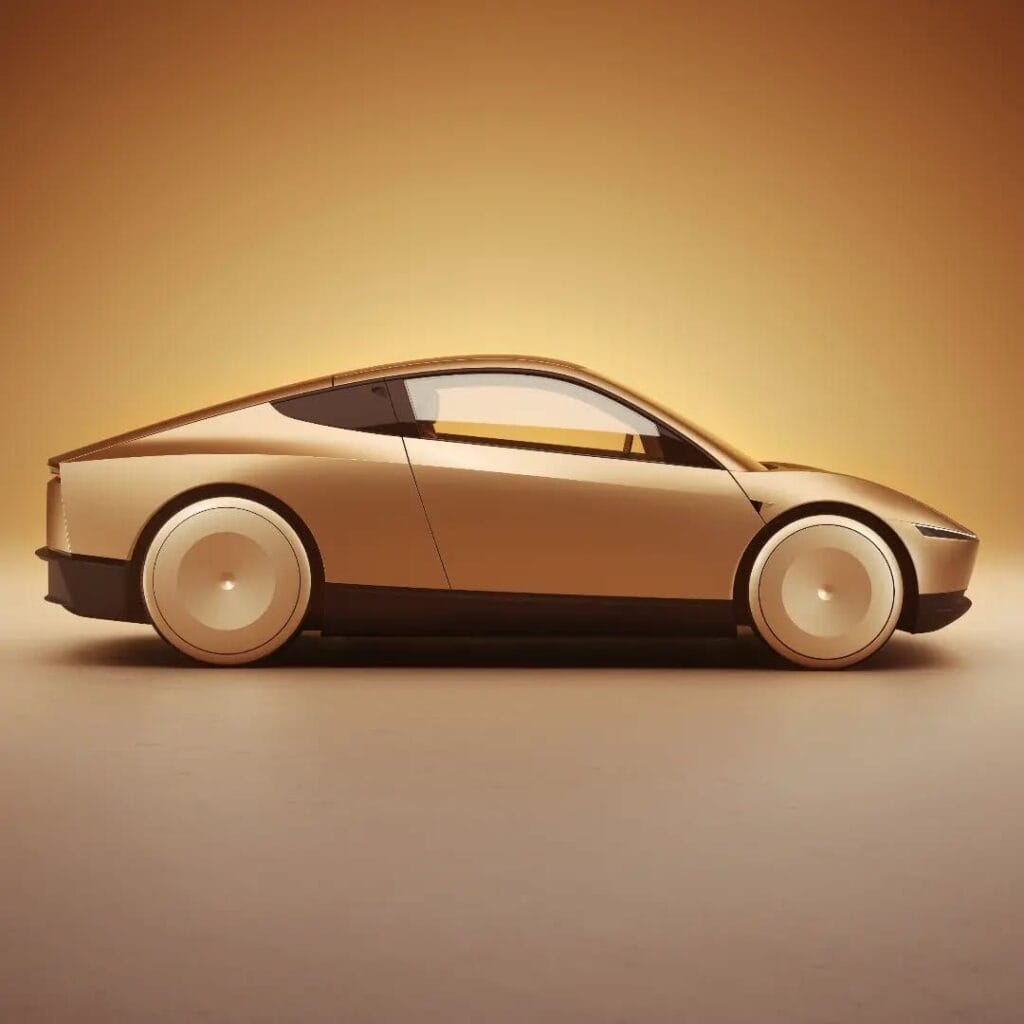Ever wondered why certain vehicles struggle more with strong winds? These are known as high-profile vehicles, and they’re everywhere, from RVs to box trucks. Whether you’re planning a road trip or considering buying a high profile vehicles for your business, understanding how they behave in various conditions is crucial. Let’s take a closer look at what makes these vehicles unique, and how to stay safe while driving them!
What Is a High-Profile Vehicle?
High-profile vehicles are taller, larger, and often have higher ground clearance than standard cars. Designed to transport many passengers or heavy cargo, they tend to include buses, box trucks, trailers, and recreational vehicles (RVs). The classification of a high-profile vehicle typically includes those with large surface areas that catch wind, making them more difficult to control in severe weather. These vehicles often play a vital role in transport and delivery services across the U.S.
Definition and Key Features
A high-profile vehicle is defined by its elevated height, high center of gravity, and large surface area. Vehicles like RVs, semi-trucks, camper vans, and some box trucks fit this definition. These types of vehicles tend to act like a sail in strong winds, especially in open roadway conditions. They also have more blind spots and require careful maneuvering, especially when towing trailers or navigating tight spaces.
Why Height Matters in Vehicle Safety
The height of a vehicle influences how it handles sharp turns, wind gusts, and road conditions. Vehicles with higher ground clearance are more prone to toppling in high wind. The center of gravity in high-profile vehicles affects stability, making safe driving essential, especially during bad weather or when towing. Compared to smaller vehicles, these larger vehicles can be more challenging to manage on uneven or slippery surfaces.
Did you know that wind gusts over 30 mph can severely affect high-profile vehicles like delivery vans and campers?
How High-Profile Vehicles Handle Differently
Driving a high-profile vehicle requires adapting to its unique handling and stability. These vehicles often have larger and heavier builds, which means they consume more fuel and have lower fuel efficiency. Because of their design, high-profile vehicles tend to sway more in wind gusts and take longer to stop. Their powerful engines are balanced by their need for extra space and careful turns.
Types of High-Profile Vehicles

There are several types of high-profile vehicles, each suited for different uses, from commercial delivery to public transportation and off-road travel. Understanding these categories helps you choose the right vehicle depending on your driving needs and conditions.
Commercial and Cargo High-Profile Vehicles
Commercial vehicles like box trucks, semi-trucks, and delivery vans are built for hauling goods. They’re designed to carry heavy loads and often require special licenses. These types of high-profile vehicles have higher off-the-ground builds, making them suitable for rough terrain and heavy-duty transport.
Read about Property Protection Systems
RVs, Buses, and Emergency Vehicles
Recreational vehicles, school buses, and emergency vehicles like fire trucks or ambulances also fall under the high-profile category. These large vehicles are built to transport people or provide vital services. Motorhomes and camper vans, for example, are popular high-profile options for travel and adventure.
Unique and Modified High-Profile Designs
Some vehicles are custom-built or modified to be high-profile for off-road or commercial reasons. Lifted pickup trucks and modified vans are examples. While these types of vehicles may provide higher seating and extra space, they can be challenging to drive and park in urban environments.
Safety Concerns for High-Profile Vehicles
Because of their structure and use, high-profile vehicles face unique safety concerns. Weather conditions, visibility, and handling are all factors drivers must prepare for. Following safety tips can help prevent accidents and keep everyone on the road secure.
Wind Hazards and Stability Issues
Strong winds and sudden gusts can make driving a high-profile vehicle dangerous. With their large surface area, these vehicles act like sails, catching wind and becoming difficult to control. Wind hazards are particularly dangerous on highways and open roads, such as in Wyoming, where high wind warnings are common.
Road Conditions and Visibility
Weather conditions and road surface greatly impact large vehicles. Icy roads, heavy rain, or steep hills can challenge the stability of a high-profile vehicle. Blind spots are larger in these vehicles compared to regular cars, making it harder to spot passenger vehicles and requiring extra caution.
Safety Gear for High-Profile Vehicle Drivers
Owning a high-profile vehicle means investing in the right safety equipment. Tools like tow chains, tire pressure monitors, and extended side mirrors improve road safety. Drivers should also receive proper training in how to handle these large vehicles under various roadway conditions.
Wind Effects on High-Profile Vehicles
High-profile vehicles are particularly vulnerable to wind effects. Their design and height make them susceptible to instability during strong winds or storms. Knowing how to respond can reduce the risk of accidents.
Did you know that RVs and cargo trucks are classified as high-profile vehicles due to their tall structure?
How Strong Winds Affect Vehicle Control
When a high-profile vehicle encounters high wind, its large surface area can catch the gusts, pushing the vehicle sideways or reducing traction. This effect is most noticeable on bridges and highways. Even SUVs and pickup trucks with elevated frames can be affected.
Tips to Drive Safely in Windy Conditions
To drive safely, reduce speed, maintain a firm grip on the wheel, and avoid sudden lane changes. Consider pulling over during high wind advisories issued by the Department of Transportation. These safety tips apply whether you’re driving a camper, van, or trailer.
Read also about Boost Mobile Bill Payment & Manage Account
Real Accidents Involving High-Profile Vehicles
Numerous accidents in the U.S. have been linked to high-profile vehicles being toppled by strong winds. Reports often involve trucks and buses on open roadways. Such incidents highlight the importance of proper vehicle handling and route planning.
Considering Buying a High-Profile Vehicle

If you’re considering buying a high-profile vehicle, you should weigh both benefits and drawbacks. These vehicles offer utility and comfort but also demand responsibility and awareness of their limitations.
Pros and Cons You Should Know
Pros include higher seating, powerful engines, and greater storage capacity. Cons include reduced fuel efficiency, difficult maneuvering, and susceptibility to wind. Driving a high-profile vehicle is not the same as operating a regular vehicle.
Key Questions Before You Buy
Ask yourself: Will I tow a trailer? Do I drive in high wind regions? Is off-road travel a priority? These questions help determine if a high-profile vehicle suits your lifestyle.
Licensing and Legal Considerations
Some high-profile vehicles, especially large trucks and buses, require special licensing. It’s essential to review your state’s regulations before purchasing. You’ll also need to ensure the vehicle meets transport and safety standards.
Popular High-Profile Vehicles on the Market
The market for high-profile vehicles includes both commercial and recreational options. These popular high-profile models meet various consumer needs, from luxury to practicality.
Top-Rated Commercial High-Profile Vehicles
Popular choices include box trucks, tow trucks, and delivery vans. Known for durability and capacity, these vehicles are the backbone of logistics and freight industries.
Did you know that certain bridges restrict high-profile vehicles during wind advisories for safety?
Best Recreational High-Profile Models
Camper vans, RVs, and off-road SUVs are common recreational choices. These vehicles are ideal for families, adventure-seekers, and those wanting a mobile lifestyle.
Industry Trends in High-Profile Vehicle Design
Current trends include aerodynamic improvements, electric high-profile models, and enhanced safety features. The shift toward more fuel-efficient large vehicles shows manufacturers adapting to environmental and economic demands.
Frequently Asked Questions about High Profile Vehicles
What does high-profile vehicle mean in transportation?
In transportation, a high-profile vehicle refers to any vehicle with a tall, flat side surface, which makes it more sensitive to wind and weather conditions.
What makes a vehicle high profile?
A vehicle becomes high-profile if it has a tall frame and broad sides, which catch wind easily, common in trucks, RVs, and trailers.
Is a van a high profile vehicle?
Yes, many vans are considered types of high-profile vehicles, especially cargo or delivery vans with tall, boxy designs.
High-profile vehicles offer incredible utility, but they come with special safety considerations, especially in windy or stormy conditions. If you’re considering buying a high-profile vehicle, make sure you understand its limitations and how to drive it with confidence. Have you ever driven one? Share your experience with us!
Read about Manufacturer Buyback Vehicle